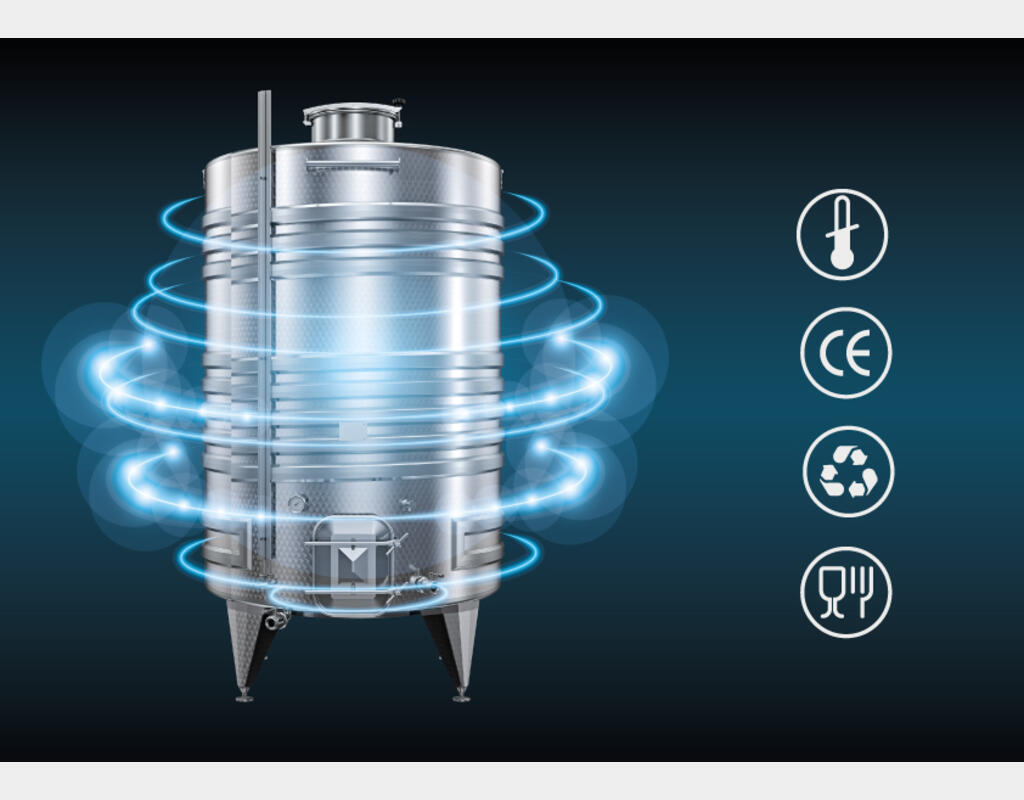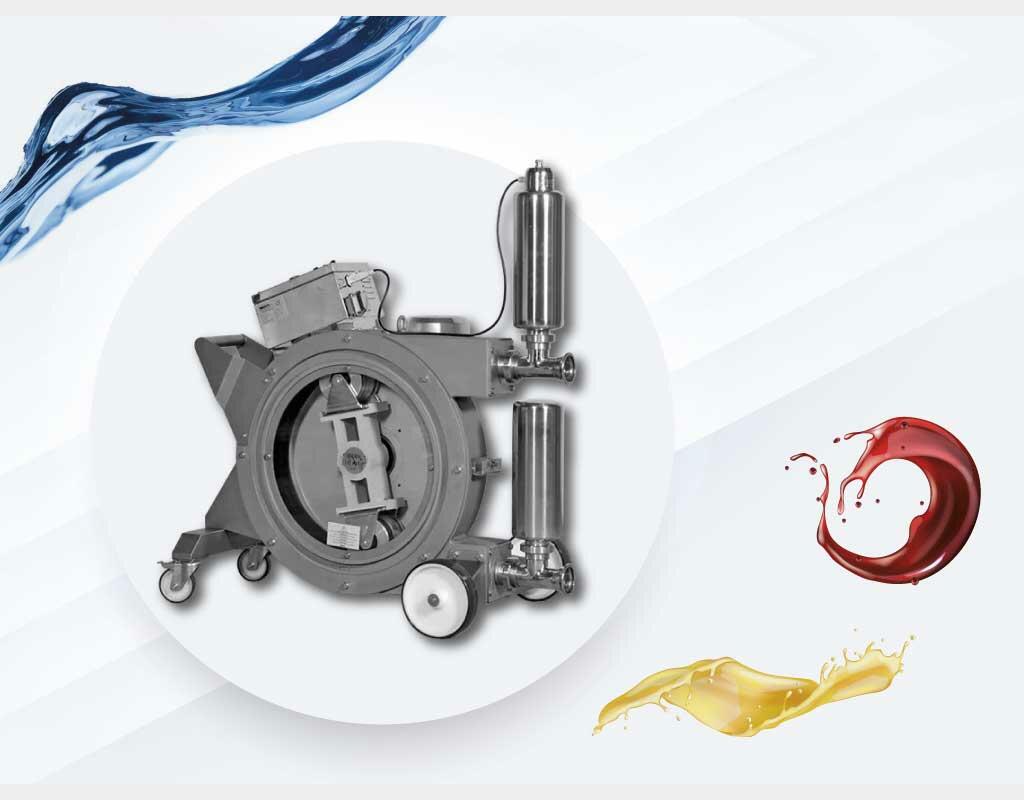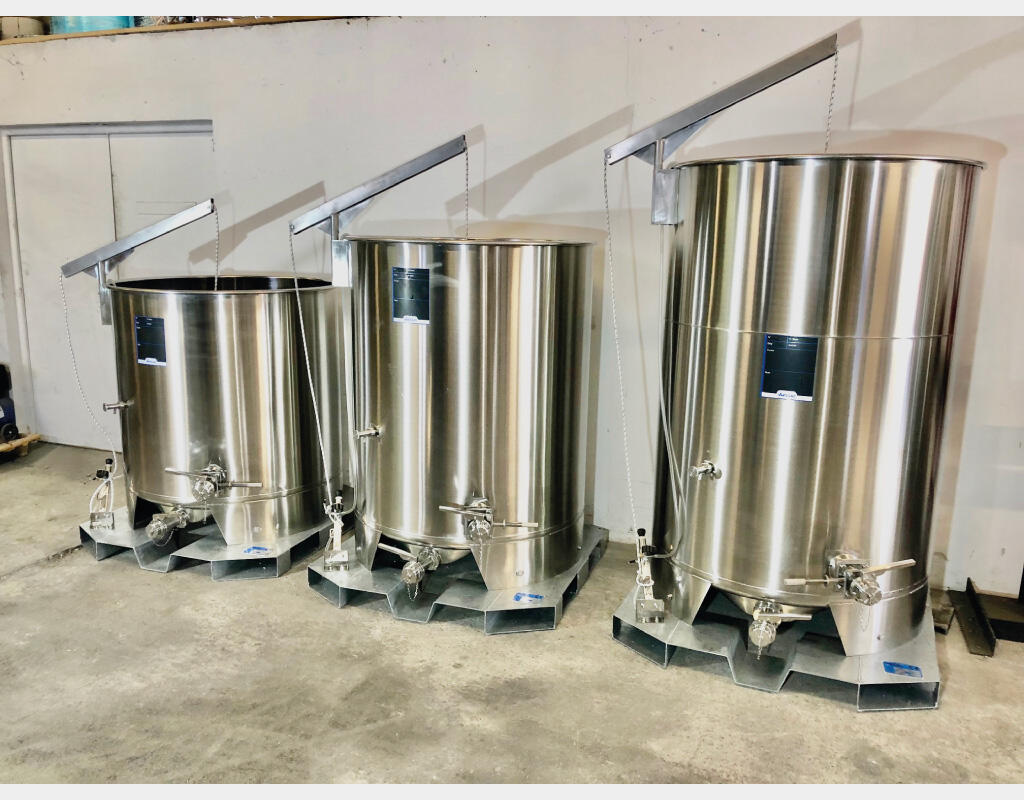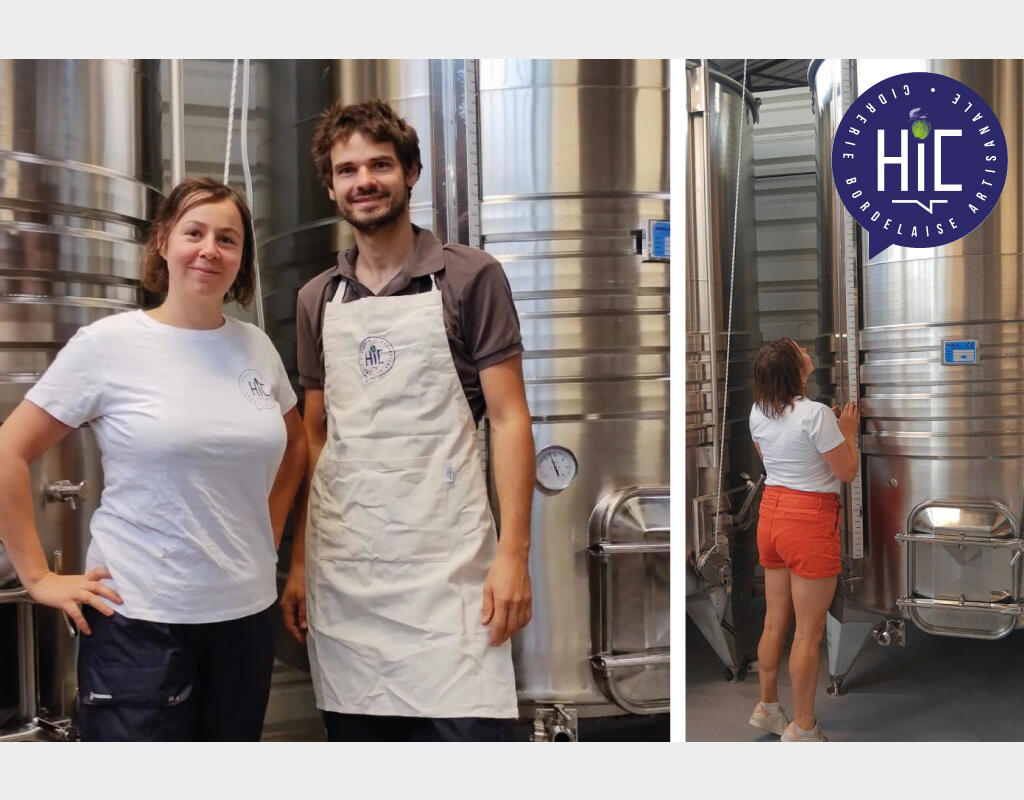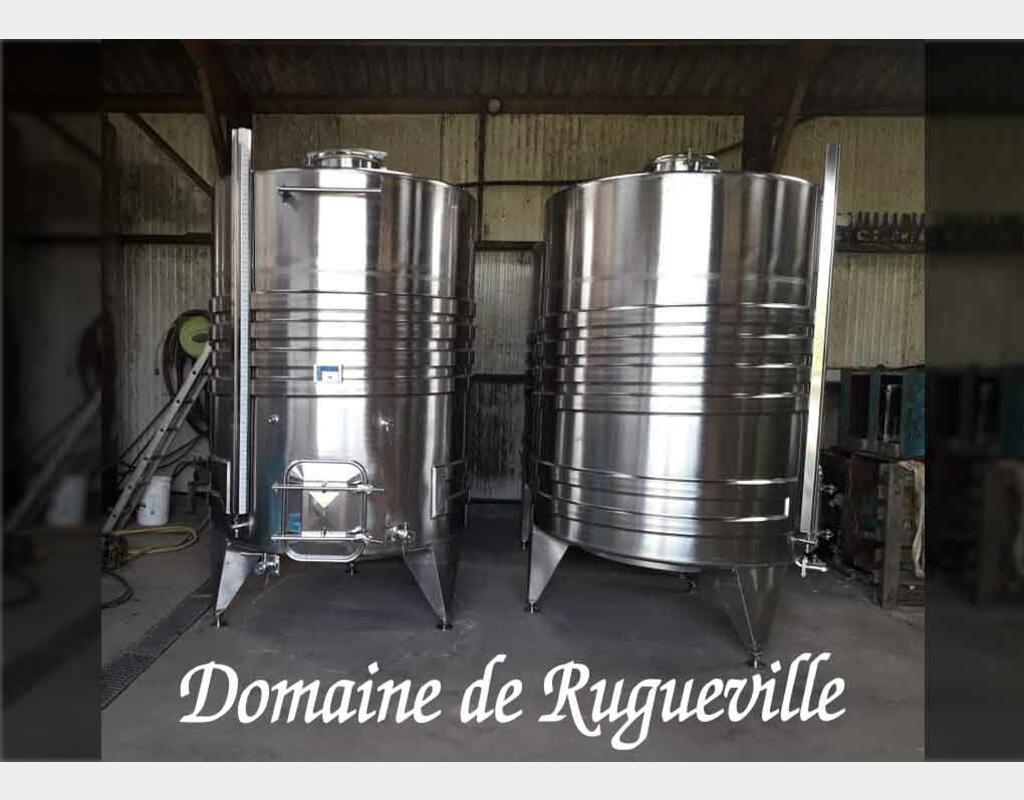Fermentation of the cider in stainless steel tanks
Stainless steel vat for cider
Quality equipment for exquisite production
Cider fermentation is an essential process in the production of this delicious and refreshing drink. Using stainless steel tanks for fermentation offers many advantages, contributing to the quality and flavour of the final cider. In this article, we'll explore cider fermentation in stainless steel tanks in detail, focusing on the benefits, the process and the results achieved. Specialised equipment provides an ideal environment for cider fermentation and storage.
→ Discover our selection of cider tanks
The advantages of fermenting cider in stainless steel tanks
Fermentation in stainless steel tanks offers a number of significant advantages for the production of high-quality cider. Here are some of the main advantages:
- Temperature control
Stainless steel tanks allow precise temperature control during the fermentation process. This is essential for achieving balanced flavour profiles and preventing potentially undesirable defects. The optimum temperature for cider fermentation is generally between 15 and 20 degrees Celsius. - Cleanliness and hygiene
Stainless steel tanks are easy to clean and disinfect, greatly reducing the risk of bacterial contamination or undesirable tastes. The smooth surface of stainless steel also prevents the build-up of residues, ensuring a clean and healthy fermentation environment. - Corrosion-resistant
Stainless steel tanks for cider guarantee long life and optimum durability. What's more, stainless steel is a non-porous material, making it easy to clean and preventing cross-contamination.
The cider fermentation process in stainless steel tanks
Fermentation of cider in stainless steel vats generally follows the following stages:
- Preparing the must
The must is prepared by extracting the juice from fresh apples and adding sugar to increase the fermentable sugar content. Different varieties of apple can be blended to achieve the desired flavour profile. Once pressed, the apple juice is transferred to stainless steel tanks specially designed for fermentation. The stainless steel tanks provide a clean and hygienic environment for the fermentation process to run smoothly. - Yeast inoculation
To start fermentation, yeast is added to the apple juice. The yeasts may be strains selected specifically for cider production, or yeasts naturally present on the skin of apples may be used. A specific strain of yeast is added to the must to initiate fermentation. The yeast consumes the sugars in the must and produces alcohol and carbon dioxide. - Primary fermentation
The must is transferred to the stainless steel tank, where primary fermentation takes place. During this stage, the yeast converts the sugars into alcohol and other aromatic compounds. - Temperature control
During fermentation, temperature control is essential for optimum results. Stainless steel tanks often allow precise temperature control, thanks to integrated cooling or heating systems. During fermentation, the temperature is monitored and adjusted if necessary to ensure optimum conditions for the yeast. - Secondary fermentation
After primary fermentation, the cider is transferred to another vat for secondary fermentation. This stage allows the yeast to continue fermenting and develop more flavour. The length of fermentation can vary depending on a number of factors, such as temperature, the yeasts used and the desired characteristics of the final cider. In general, fermentation can take several weeks, during which the yeasts convert the sugars into alcohol. Producers monitor the process carefully to ensure that fermentation proceeds correctly. - Reassembly and filling
During fermentation, it is common practice to pump over, i.e. to stir the cider in circulation to encourage the extraction of aromas and the even distribution of yeast. At the end of fermentation, the cider may be racked, i.e. transferred to another vat, to remove sediment and obtain a clear cider.
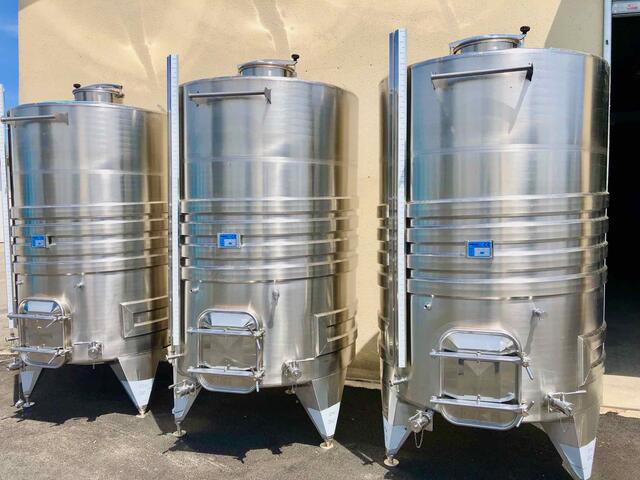 |
Results of cider fermentation in stainless steel tanks
Fermenting cider in stainless steel tanks produces remarkable results, resulting in high-quality cider with balanced, distinct flavours. Here are just a few of the results achieved by this process:
- Fresh aromas
The stainless steel vats preserve the apples' natural aromas, allowing the cider to develop intense fruity and floral notes. The flavours are more vivid and the aromatic complexity is preserved. - Purity of flavour
Thanks to the ease of cleaning and the absence of chemical reactions with stainless steel, the flavours of the cider remain pure and unaltered. The resulting cider is true to the character of the apples used.
The best stainless steel tanks for cider production
Fermenting cider in stainless steel tanks produces remarkable results, resulting in high-quality cider with balanced, distinct flavours. Here are just a few of the results achieved by this process:
- Standard stainless steel vat
This tank is ideal for small cider producers. It is available in a range of capacities and comes with basic features to ensure proper fermentation. - Insulated stainless steel vat
This tank is fitted with extra insulation to maintain a stable temperature during fermentation. It is ideal for cider producers looking for even more precise results. - Stainless steel tank with temperature control system
This advanced tank has an integrated temperature control system, allowing precise regulation of the fermentation process. It is ideal for professional producers and craft breweries.
FAQs
Why is stainless steel preferred to other materials for cider vats ?
Stainless steel is preferred for its resistance to corrosion, ease of cleaning and lack of porosity, which prevents cross-contamination.
What capacity stainless steel vat is best suited to my cider production ?
The capacity of the stainless steel vat depends on your production volume. It's best to calculate your needs based on the quantity of cider you plan to produce.
Conclusion
Stainless steel tanks play a crucial role in the production of quality cider. They offer durability, corrosion resistance and precise temperature control. By investing in the best stainless steel tanks for your needs, you can improve the quality and flavour of your cider. Don't forget to consider the capacity of the vat to meet your production requirements. Fermenting cider in a stainless steel vat is a wise choice for producers who are looking to obtain a cider of superior quality. The advantages offered by stainless steel tanks, such as temperature control and ease of cleaning, ensure exquisite flavours and an exceptional taste experience. By opting for this fermentation process, cider producers can create unique products that are appreciated by cider lovers the world over.
✖ Any doubts about the feasibility of your project?
Please do not hesitate to contact an Arsilac manager if you have any questions or would like more information about stainless steel tank fermenter. Find the solution that best meets your needs.
_
Note: This article is for information purposes only and does not constitute professional advice. It is recommended that you consult experts and comply with the specific regulations of each industry.
#cuveinox #cuvecidre #cidertank #distillerie #cidre #cidricole

